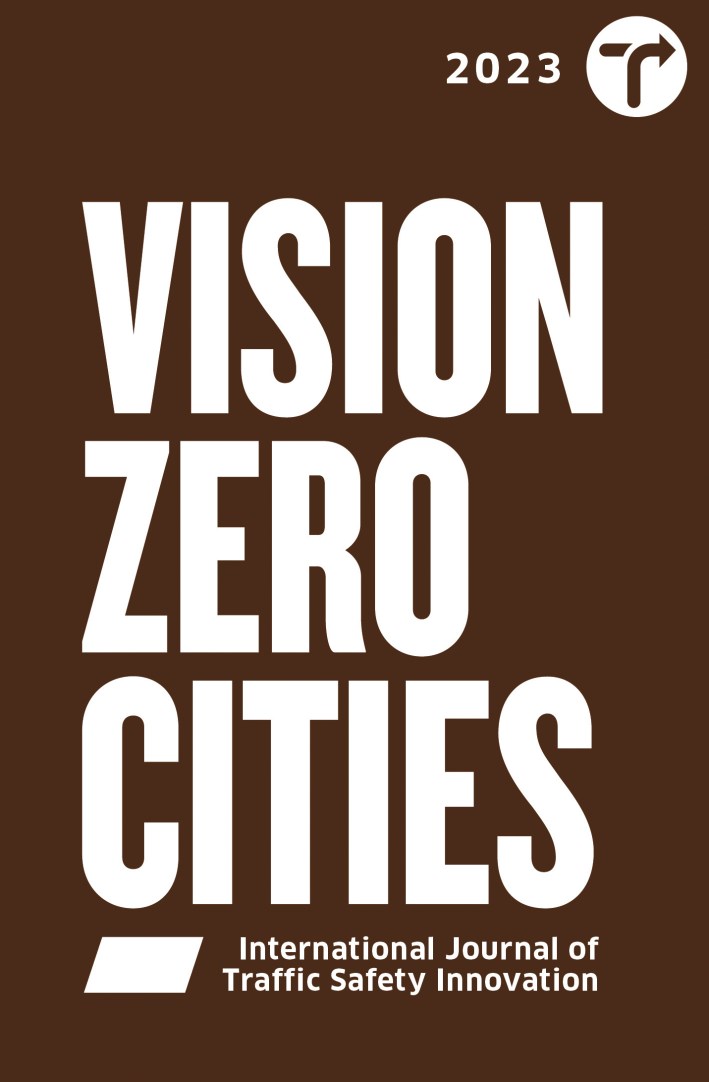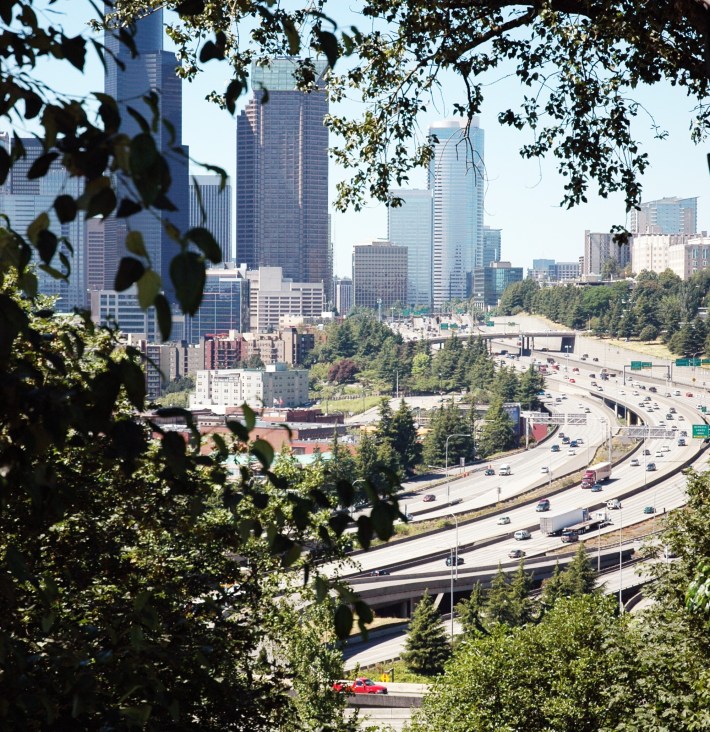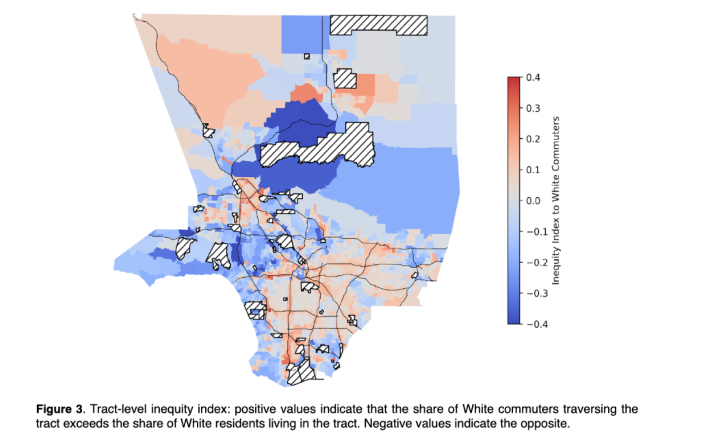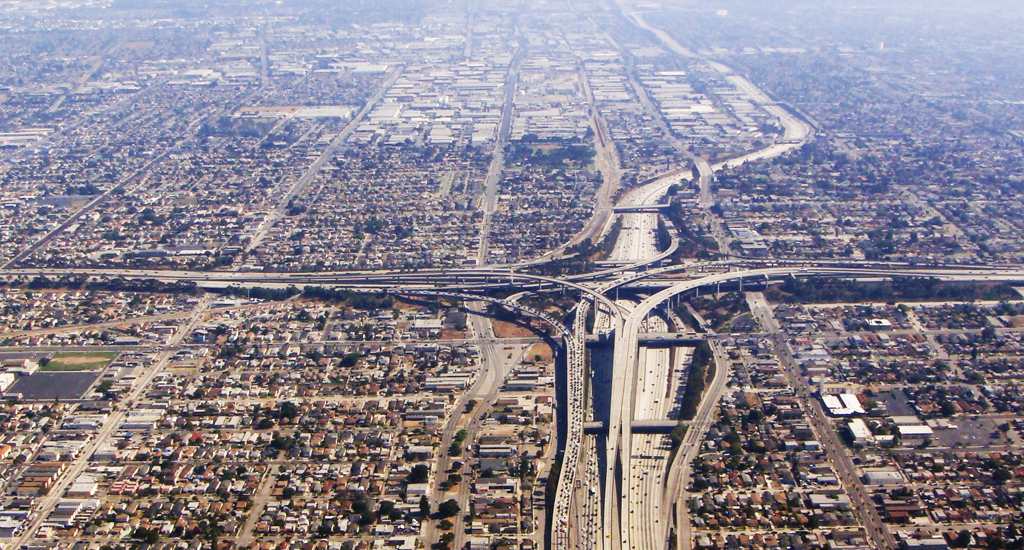Urban freeways are having a moment of serious reconsideration. In cities across the country, advocacy groups are taking advantage of reconstruction projects to advance alternatives to fill in, cover, and truncate highways. Researchers have also been releasing new, rigorous research, deepening our understanding of both who is harmed by freeways and how that harm plays out. In particular, three recent studies examine the consequences of freeways running through urban areas, describing how their benefits and costs are unevenly distributed across space and socioeconomic status. As we decide the future of urban highways across the country, these researchers’ findings prove essential.

Previous economic research has examined the benefits of freeways, which are undeniably powerful connectors for both people and goods. Researchers have found that the historical development of freeways helped cities increase local employment and spur economic growth by connecting cities to each other. Urban freeways also drove suburbanization by making it viable to live on cheap land outside of the city, which reduced housing costs but hollowed out urban cores. Note, however, that these economic benefits have come with the giant asterisks of car pollution, detrimental health impacts, and crashes and lives lost.
Freeways’ benefits as regional connectors come up frequently in debates over the future of highways in cities. People experience firsthand how freeways provide access, especially for those who live further from city centers. However, freeways do more than just link us together – they have also reshaped our cities by creating disamenities for center-city residents. “Freeway Revolts! The Quality of Life Effects of Highways,” published in 2022 by economists Jeffrey Brinkman and Jeffrey Lin, takes advantage of technical urban economic modeling to demonstrate the substantial local disamenity effects of freeways. While previous research assumed that freeways drove suburbanization solely by making suburban life better, Brinkman and Lin find that freeways also drove suburbanization by making urban life worse. This is due to both nuisance disamenities, like noise and air pollution, and the “barrier effect” of urban freeways: while freeways do serve as connectors, they also subdivide cities, making it more difficult for center-city residents to access amenities and jobs within their cities.
In his paper "Highways and Segregation," economist Avichal Mahajan builds on Brinkman and Lin’s research to examine the racial impacts of freeway development. Many scholars have shown that 20th-century freeways often intentionally sliced through less politically powerful Black communities, such as the Rondo neighborhood in St. Paul, Minnesota, but there’s been less clarity about the longer-term racial impacts of freeways in the years after freeway development.
Mahajan finds striking and concerning impacts of freeways. Many of their negative impacts are found in urban neighborhoods that had greater concentrations of Black residents before construction and which were targeted for freeway siting. In the years after freeways were built, these neighborhoods saw white and higher-earning residents move out and switch to car commutes. These more privileged people had an easier time capitalizing on freeways’ benefits while avoiding their downsides. As a result, cities became more segregated as a whole, and Black residents became particularly concentrated in the fragments of neighborhoods left by freeway construction, which see more noise, air pollution, health effects, and other freeway disamenities.
Freeways have shaped historical development patterns in American cities, and the same inequalities exist today. A paper published in early 2023 by researchers Geoff Boeing, Yougeng Lu, and Clemens Pilgram utilizes careful statistical analysis to understand who drives, where they drive, and who deals with the resulting air pollution and health effects — an issue deeply tied to racial inequality.

Examining Los Angeles, the authors find something striking: whiter census tracts have greater proportions of drivers, who then tend to drive through more racially diverse census tracts with lower proportions of drivers. Those facing the most exposure to traffic-related pollution actually contribute the least to its creation. And though they are looking at general traffic patterns, the authors find that much of this effect is owed in particular to Los Angeles’s highway system.
In the authors’ graphic below, observe how red census tracts — where a high ratio of white commuters drive through the tract relative to white residents living there — cluster along the highways.

These insightful new papers call on us to address these inequalities as we continue building our cities and their transportation systems. While freeway development opened new possibilities for economic growth and access to suburban land, it came at a great cost to core city residents — especially people of color and low-income residents. These groups have continuously faced the consequences in the decades since.
Beyond freeways, the results of this research indicate a broader problem in our urban design choices, preferring transportation through cities over residents’ experiences living in them, while placing the burden on the marginalized. For example, our dangerously designed roads create a steady flow of deaths among drivers, pedestrians, and cyclists, but Black and Hispanic people die at considerably higher rates. This is all part of the same problem: wide, fast-moving arterial roads similarly subdivide cities, and neighbors’ gains in access to these surface-level streets are offset by exposure to traffic patterns prioritizing highway-bound drivers. All the while, “snob zoning” rules that only allow for dense housing along heavily trafficked arterial corridors have confined apartment dwellers to our least livable streets, further locking in our inequitable living patterns.
Building a better urban future will require us to learn from these mistakes and address their consequences.
One major opportunity for improvement comes when freeways need rebuilding. For example, the largest urban freeway in the Twin Cities is old, crumbling, and in need of full reconstruction. In the spirit of a model set by Rochester, NY, advocates are pushing to turn the corridor into a multimodal boulevard featuring dedicated transit lanes and pedestrian access, with housing and businesses filling the freeway trench. These Minnesotans are far from the only advocates pushing for a better future in this way.
Short of full freeway removal, there are other steps we can take to tackle this problem. While they don’t address the underlying problem of freeway traffic, freeway caps or land bridges can help mitigate sunken freeways’ disamenities for the residents living along them. And throughout our neighborhoods, we can redesign roads that currently prioritize vehicle speed, and instead prioritize local activity and safety.
We can’t instantaneously reverse decades of racist policy decisions and infrastructural investments. Nevertheless, we must keep on trying.
This piece was adapted from an article first published on Streets.mn.






